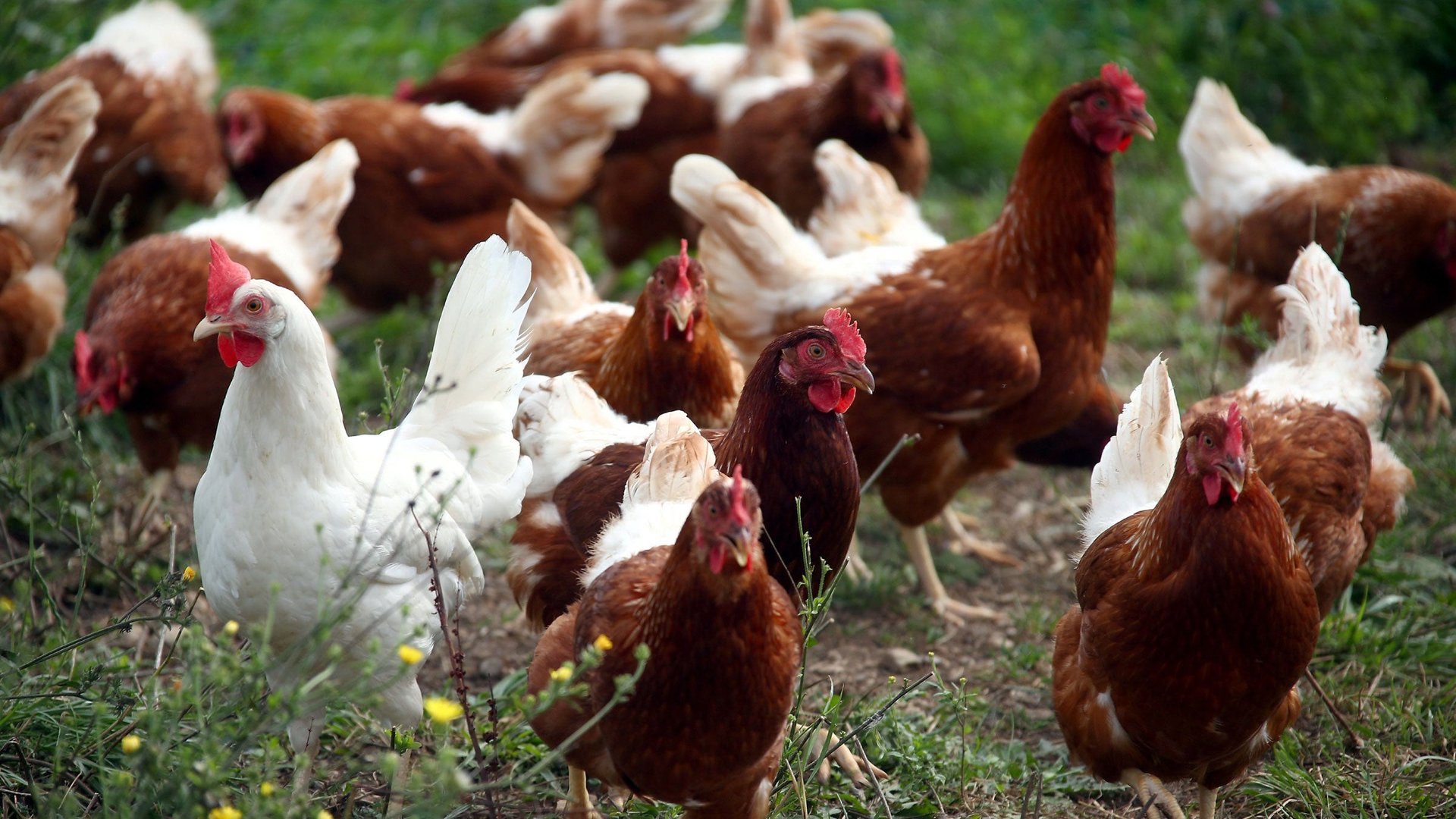Free-range chickens are facing global bird flu lockdowns
Bird flu is spreading around the world. As a result, poultry suppliers in Europe and the US are bringing their free-range flocks indoors. France has required its free-range chickens to be raised indoors since November 2021. In the UK, where a majority of chicken eggs are free-range, producers changed egg carton labels from “free-range” to “barn-eggs” when mandatory housing measures for poultry were in effect. Producers say they are struggling to make up for the disruption.


Bird flu is spreading around the world. As a result, poultry suppliers in Europe and the US are bringing their free-range flocks indoors. France has required its free-range chickens to be raised indoors since November 2021. In the UK, where a majority of chicken eggs are free-range, producers changed egg carton labels from “free-range” to “barn-eggs” when mandatory housing measures for poultry were in effect. Producers say they are struggling to make up for the disruption.
The first reported case of bird flu on a US farm during this outbreak was in February at a commercial turkey farm in Indiana, a flock of 29,000 birds. Around 37 million chickens and turkeys across the US have been culled due to outbreaks, making it the worst bird flu outbreak in the US in the past seven years. When an infected bird is found, the whole flock is killed to prevent the spread of the virus.
How bird flu is transmitted around the world
The US Department of Agriculture (USDA) recommends producers bring their birds indoors to prevent exposure. Precautions vary by farmer. A producer in Iowa told the AP he would wait until at least June to see if the risk passes. Some researchers say that with changing migratory patterns of wild birds around the world, the bird flu may be here to stay.
The virus is often transmitted when migratory birds defecate mid-flight over farms. That poop can continue to travel towards a flock after sticking to truck tires and boots.
Can humans get this bird flu?
Bird flu is generally not a threat to humans. A human infection of HPAI H5—as this type of bird flu is known—has typically been seen in people who were in close proximity to infected birds while not using proper PPE. Infection does not occur from eating a properly cooked bird or its eggs.
Bird flu’s effect on chicken prices
Chicken prices jumped up during the pandemic and have continued to skyrocket since February 2021. Prices are currently 23% higher than they were in 2017.
A similar trend can be seen in UK chicken prices, where a kilo of chicken costs almost £3 ($3.70). High demand for chicken feed is also a factor in rising costs, with some in the UK claiming chicken could soon be as expensive as beef.
As of March, $130 million in emergency funds have been used to respond to the outbreak by the USDA. On April 27, an additional $263 million was allocated to implement quarantines and safeguard flocks.